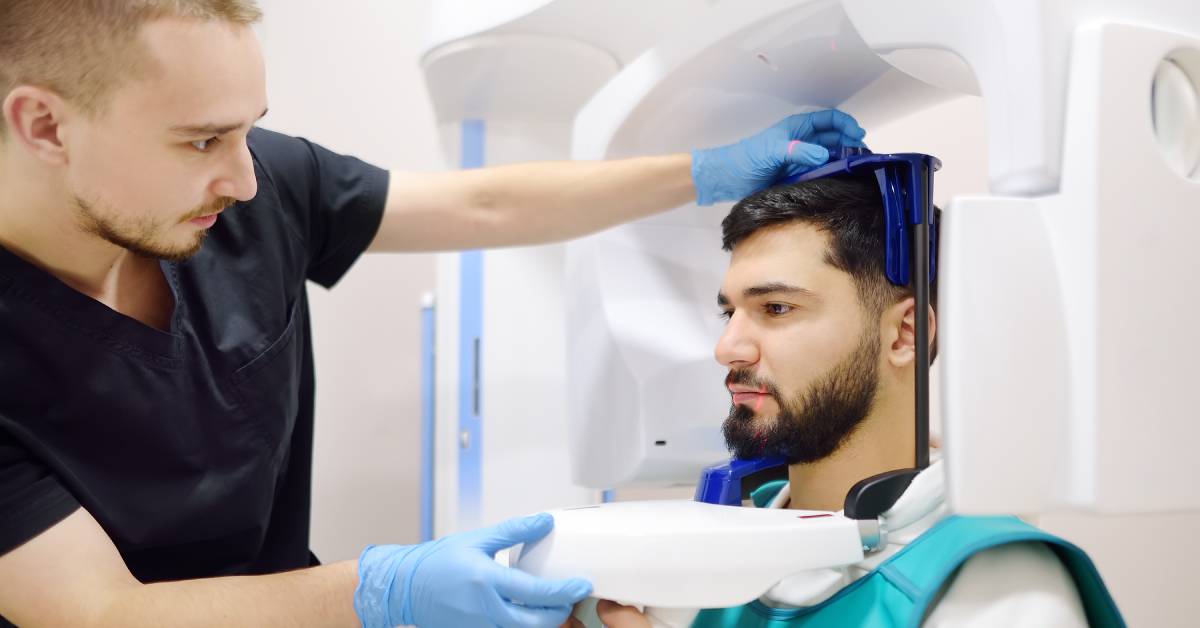Radiation safety for modern dental practices and ensures patient and staff well-being. Dental offices regularly utilize invaluable X-ray technology for diagnosing patients, which involves radiation exposure.
Adherence to radiation safety is not optional; it is a legal and ethical requirement. OSHA (the Occupational Safety and Health Administration) has established specific guidelines to maintain safe environments in clinics and dental offices. Complying with these radiation safety OSHA standards fosters patient trust and reduces liability for dental practices.
Importance of Radiation Safety in Dental Practices
Radiation exposure, even in small amounts, can have cumulative effects on human health. Professionals who work with X-ray equipment daily should take the proper precautions to minimize these risks. Implementing radiation safety protocols reduces unnecessary exposure and sets up consistent safeguards.
These standards also protect patient health. While patients face minimal radiation exposure, clear communication and protective measures, such as lead aprons and thyroid collars, build confidence in the dental office’s commitment to care. Prioritizing radiation safety can significantly enhance your practice’s reputation.
Overview of OSHA Radiation Standards for Dental Offices
OSHA’s radiation safety standards help protect workers from the risks associated with X-ray equipment. These regulations align with principles from the National Council on Radiation Protection (NCRP). Key areas of focus include proper equipment warnings and labeling, radiation dose limits, and correct machine maintenance.
Employers hold responsibility for creating a safe workplace, which includes monitoring all radiation-emitting devices and ensuring regular inspection and calibration. Staff must also use the proper personal protective equipment, such as dosimeters, to monitor exposure levels. OSHA requires employees to have adequate training to handle X-ray systems and recognize standard safety procedures.
Best Practices for Compliance with OSHA Regulations
Being OSHA-compliant requires you to understand these standards and act on them. Practices must establish written protocols for X-ray machine operation and educate employees about these procedures. Place signage in areas that handle radiation-causing equipment, clearly warning staff and patients about potential exposure.
Dental professionals should also understand their state-specific requirements, as these may vary. Routine audits and inspections prevent violations and ensure dental offices adhere to OSHA’s safety standards. Lastly, maintaining up-to-date documentation, including training records and machine inspections, also demonstrates compliance.
Ongoing OSHA Compliance and Training for Staff
Dental offices must provide continual dental OSHA training programs that include radiation safety to reinforce protocols for new and existing staff members. OSHA recommends incorporating refresher courses to keep teams informed of regulation updates.
Ensuring compliance also involves investing in technology upgrades. Modern X-ray systems often emit reduced radiation, offering a safer alternative to older equipment. Practices that prioritize education and innovation create a safety culture benefiting everyone involved.
The Future of Radiation Safety in Dentistry
Radiation safety is a crucial part of advancing patient care standards while protecting staff. By fully implementing OSHA’s standards and adopting best practices, dental offices demonstrate their commitment to radiation safety and clinical excellence.
Staying proactive with compliance ensures long-term benefits for practice operations and reputation. Visit Gamma Compliance Solutions today to find a dental OSHA training program that will keep your staff safe and compliant.

